AMD Ryzen 5 3600 Review: Non-X Marks the Spot
Why you can trust Tom's Hardware
Conclusion
After a simple one-click activation of the PBO automatic overclocking feature, the Ryzen 5 3600 offers much of the same performance as the Ryzen 5 3600X that retails for $50 more. AMD continues to offer the full complement of features with its lesser processors, like Hyper-Threading (SMT), overclockability, and capable stock coolers, making the Ryzen 5 3600 the value CPU to beat.
In the chart below, we plot gaming performance with both average frame rates and a geometric mean of the 99th percentile frame times (a good indicator of smoothness). It's worth noting that AMD's previous-gen lineup is heavily discounted, so we’re departing from our standard practice of using official price lists. Instead, we’re using average pricing found online (temporary sales excluded). Volatility applies.
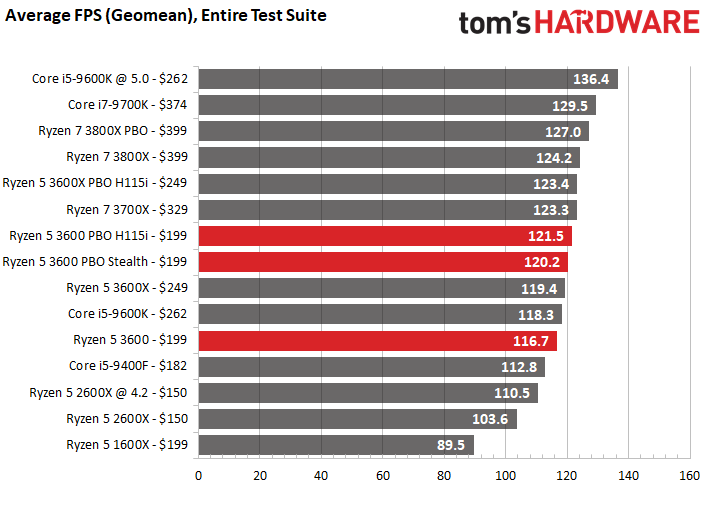
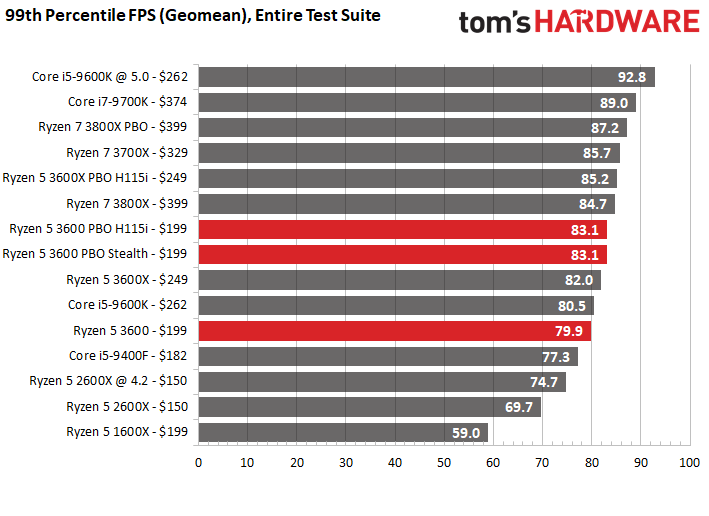

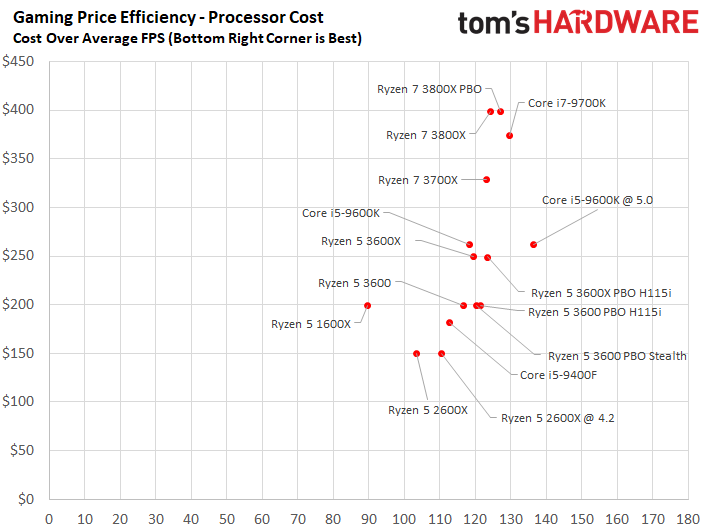
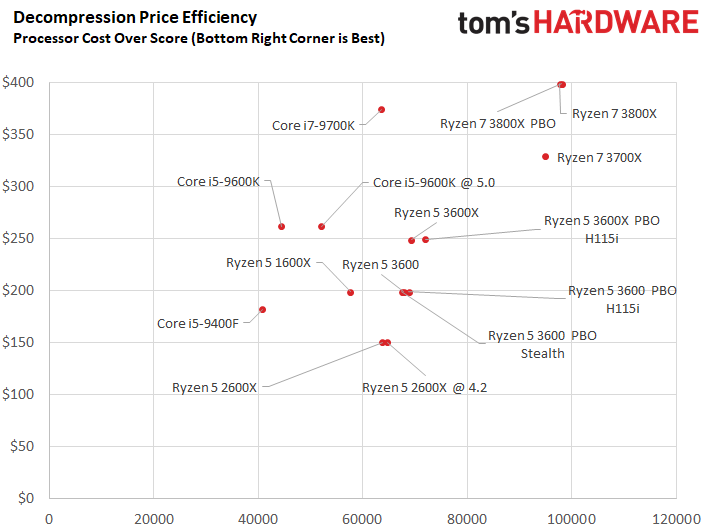

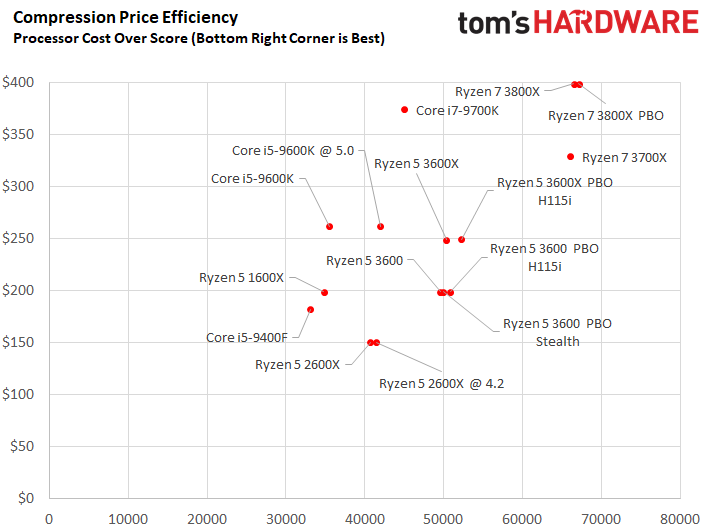

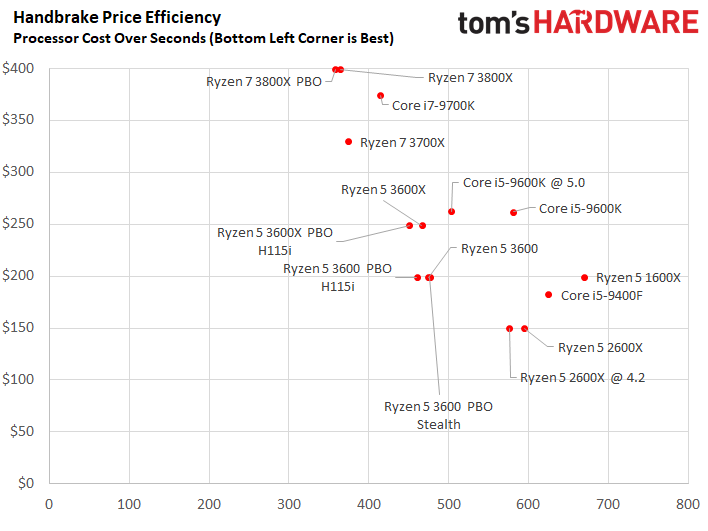
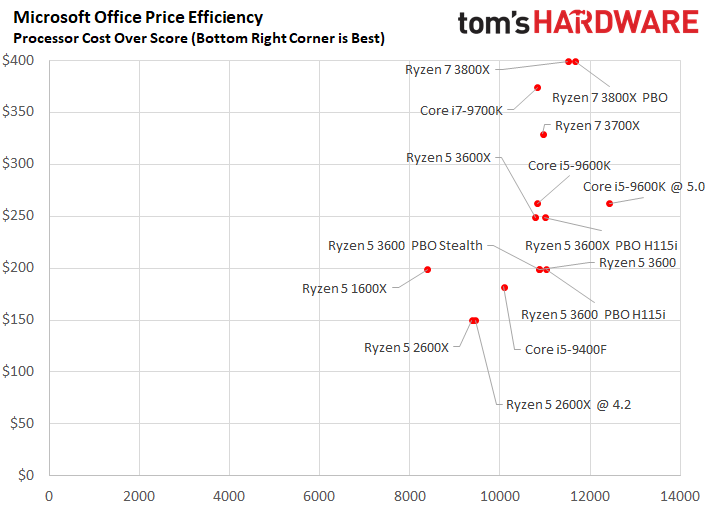


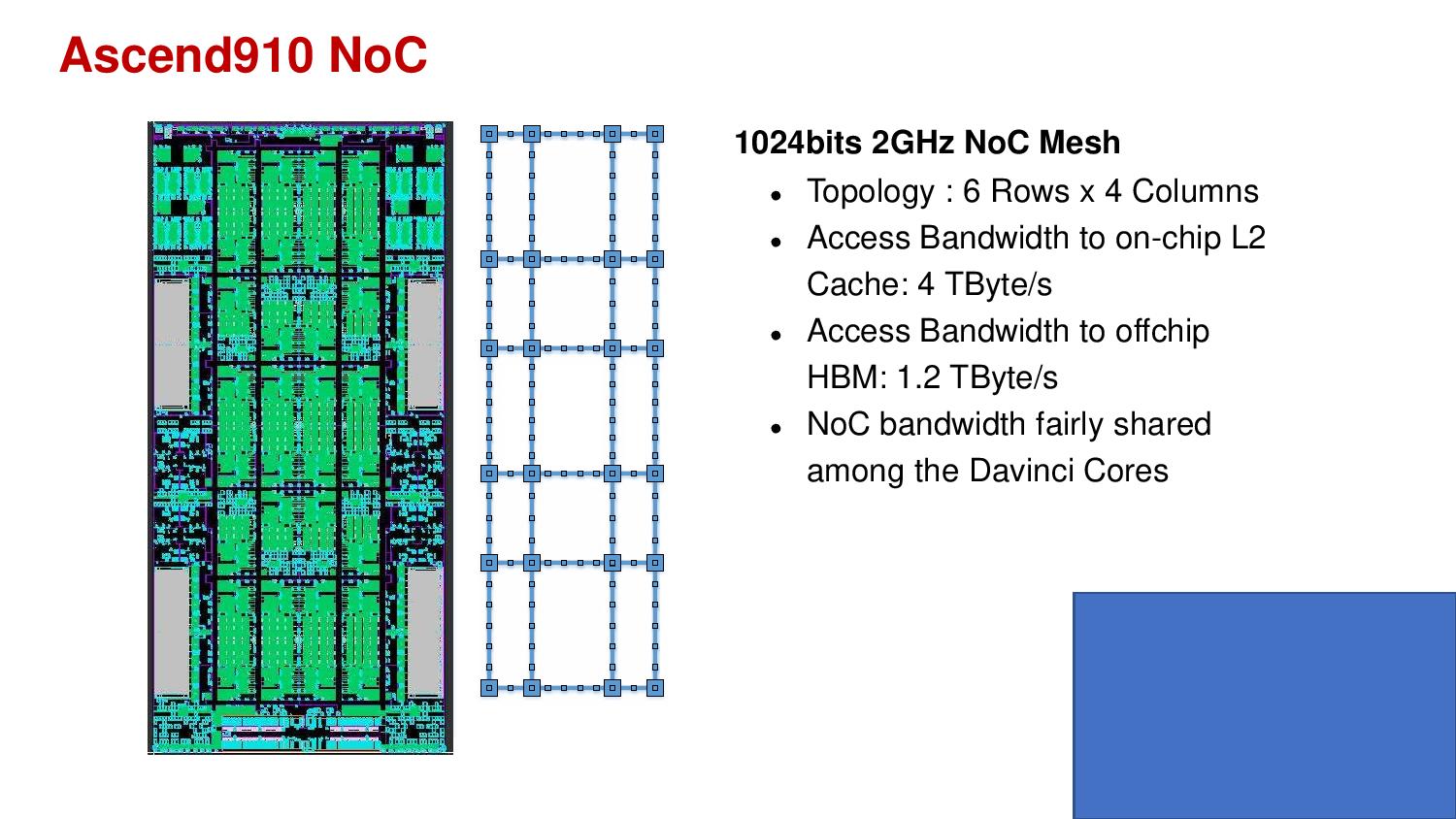
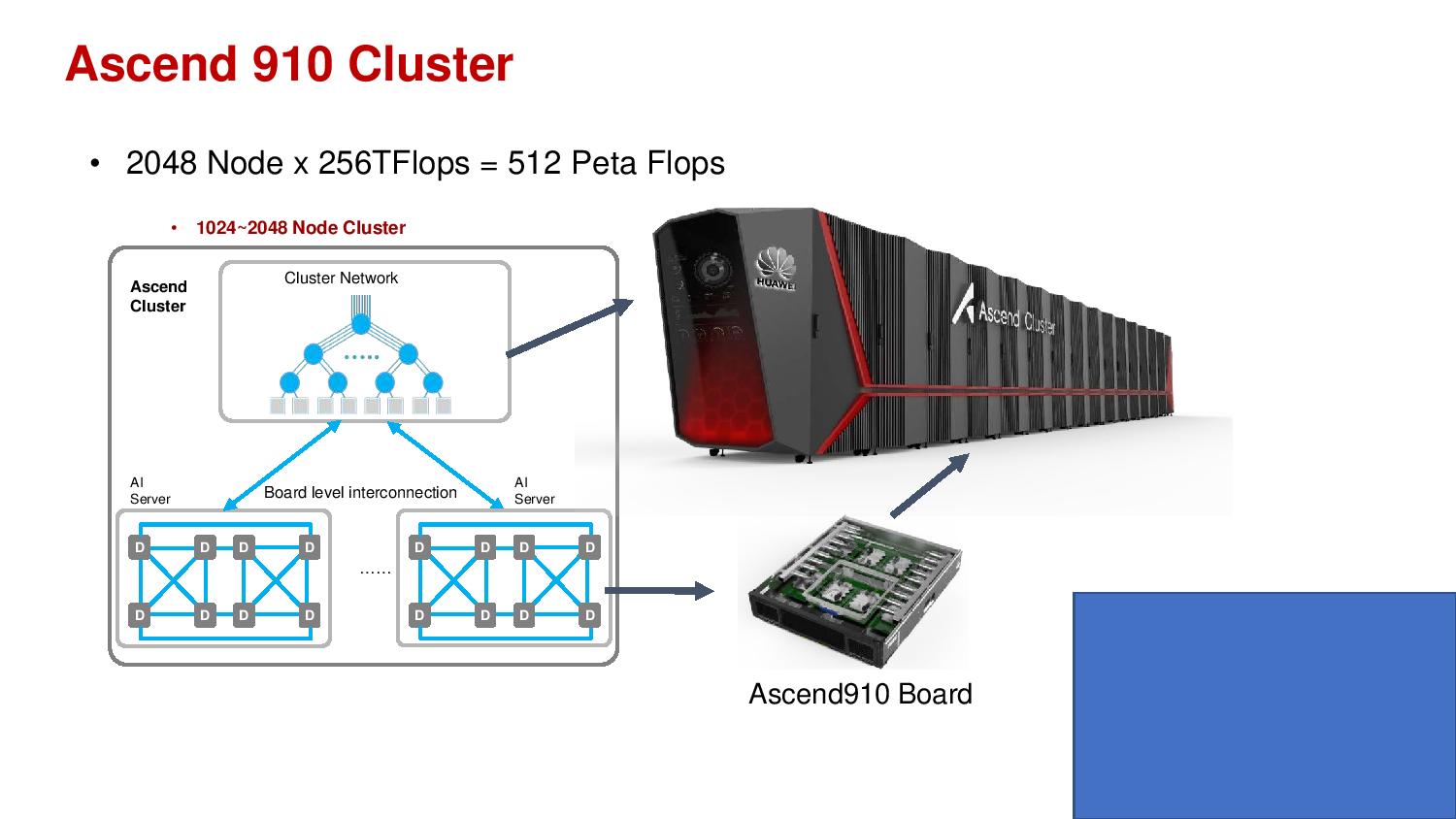

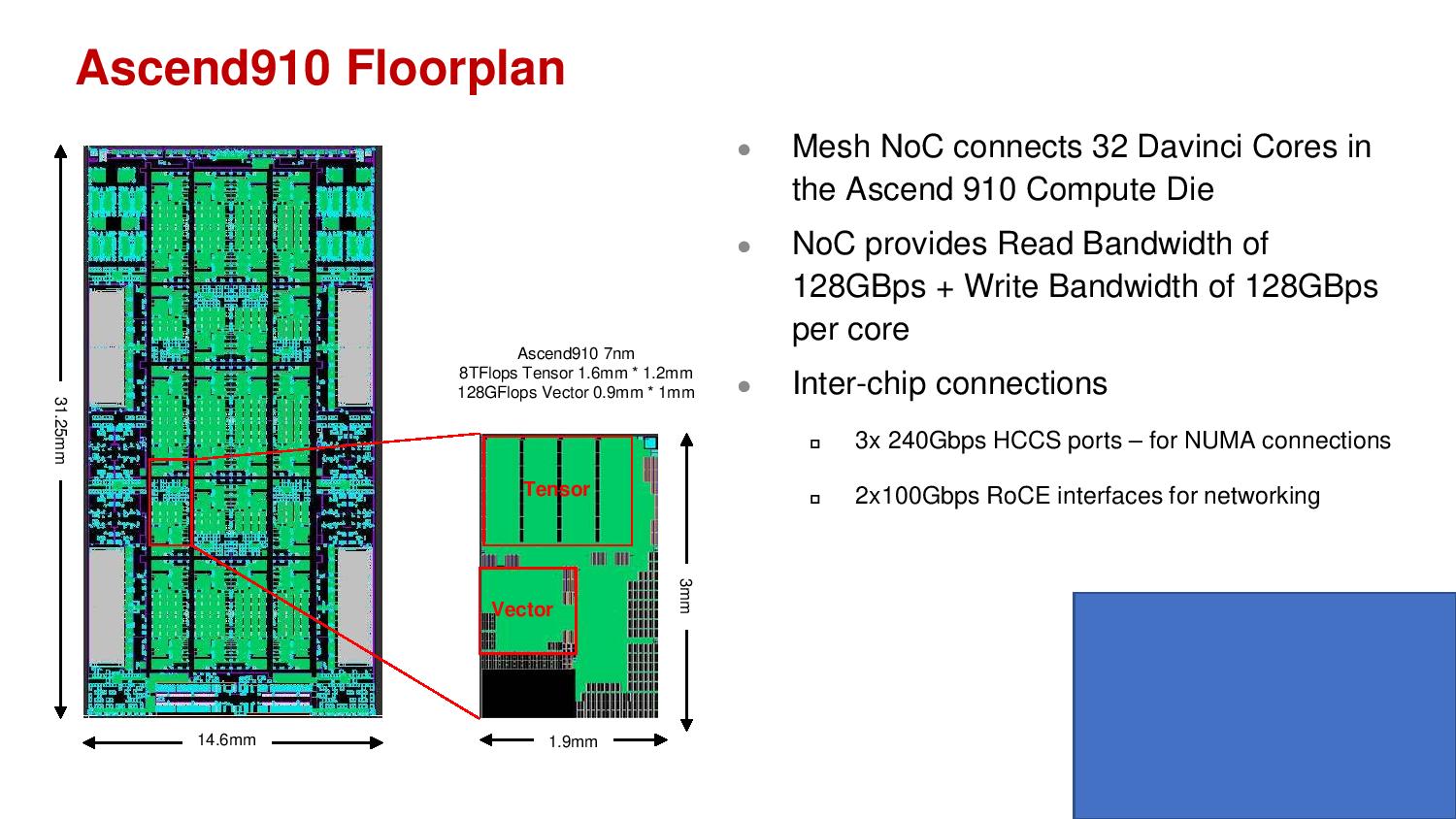
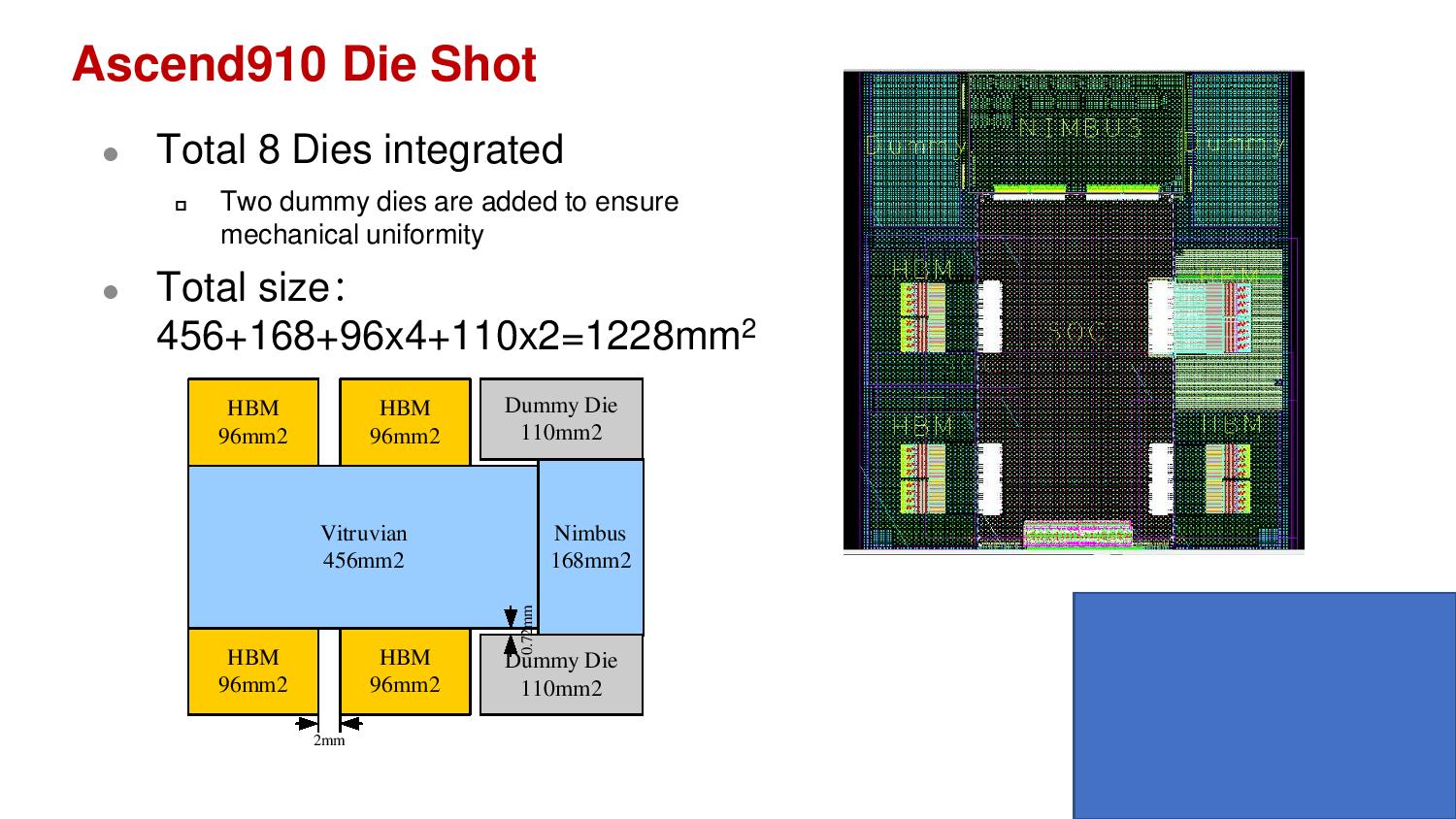


The Ryzen 5 3600 beats the Core i5-9400F in our gaming suite at stock settings, even coming within a mere 0.6 FPS of the $265 Core i5-9600K in the average of our 99th percentile results. The 3600 expands its lead over the Core i5-9400F after tuning, but the Core i5-9600K leverages its unlocked multiplier to take a big lead - but for $63 more. While we don't have one on hand, the $192 Core i5-9500 is a natural competitor with the 3600 as well, but 300 MHz of additional clock speed likely doesn't change the value proposition much.
It's clear the Ryzen 3000-series chips are the best bang for your gaming buck in this price segment. For gamers, the real choice boils down to the 3600 versus the 3600X. The Ryzen 5 3600X does have a bit more performance in the tank than the Ryzen 5 3600 in the overclocking department, which largely boils down to binning. It's also faster when we compare the two processors at stock settings, but the Ryzen 5 3600 slightly exceeds the stock X-model after tuning. In either case, the difference between the two chips boils down to a few FPS, which isn't worth the extra $50 unless you're chasing every last drop of performance. Also, bear in mind these deltas essentially vanish if you're gaming at higher resolutions.
The picture is a bit different when we switch over to productivity workloads. In threaded apps there really is no contest again: The Ryzen 3000 processors offer far more value than Intel's competing chips, and the lack of Hyper-Threading makes this a no contest for threaded applications. In gaming, we recorded slim differences between the overclocked Ryzen 5 3600 with the stock cooler and the Corsair H115i, but that delta widens in heavily-threaded tests. In fact, we noticed a few regressions with the stock cooler during overclocking, suggesting the all-aluminum cooler may get a bit overwhelmed when more voltage is put to the chip in heavily threaded workloads. As a result, the Corsair H115i cooler extracts more performance, especially in the AVX workloads, but the deltas are slight in most areas. Given the 3600's relatively low power draw, you could top it with a much lesser cooler, like a Hyper 212 Black, and get the same benefit. It really just boils down to how much noise you're willing to tolerate, but a beefy dual-radiator cooler is overkill.
If you need integrated graphics, the Ryzen 5 3600 and 3600X aren't for you. However, if you plan on using a discrete graphics card, the Ryzen 5 3600 is hands-down the best value on the market. The 3600X might be worth the extra coin if you aren't interested in overclocking, as it does provide more performance out of the box and comes with a better cooler. However, it's hard to justify the $50 premium over the Ryzen 5 3600. For small form factor (SFF) enthusiasts, AMD has packed in quite a bit of punch into a 65W envelope, giving it the uncontested lead for small systems.
A Ryzen 5 3600 paired with a B450 motherboard will make a great setup for mainstream gamers, and you have the option to upgrade to a PCIE 4.0-capable motherboard in the future. We aren't sure when, or if, AMD's partners will push out new B-series motherboards, but that could be a compelling upgrade path in the future.
Get Tom's Hardware's best news and in-depth reviews, straight to your inbox.
Image Credits: Tom's Hardware
MORE: Best CPUs
MORE: Intel & AMD Processor Hierarchy
MORE: All CPUs Content
Current page: Conclusion
Prev Page Rendering, Encoding, Compression, Encryption, AVX
Paul Alcorn is the Editor-in-Chief for Tom's Hardware US. He also writes news and reviews on CPUs, storage, and enterprise hardware.
-
RodroX Three things to comment,Reply
1. Why aren't any temps readings on the article ?
2. I did some Cinbench testing with stock cooler and only PB enable (no PBO nor AutoOC) and I usually get around 359X to 360X. After changing the stock cooler for a better tower cooler, temps went down, frecuency went up and cinbench results landed at even better 365x to 366x.
This was on Windows 10 (1903) + Avast antivirus and hwinfo running, with AGESA 1003 ABB and the latest AMD chipset drivers on a Gigabyte B450 Gaming X, is funny and strange to see that a very expensive motherboard like the one used is getting such lower results, wonder if the motherboard could be affecting other benchmark results aswell.
Once again, this numbers I wrote are with stock BIOS settings, no PBO nor AutoOC, no manul oc, no vcore offset, nothing (Ive checked, had the 3 PBO options disable on BIOS).
3. Also why not more recent and better optimized games like Shadow Of Tomb Raider or Battlefield V, or anyof the Assassin Creeds ?
Cheers -
Neal4iu am usingReply
Cooler Master Hyper 212 Evo CPU Cooler w/ 4 Continuous Direct Contact Heatpipewith graphite pad and even on overclock to 4ghz staying at 39C so... is nice -
djbillyd9849 For all the glorious review, I just wish I could get the system to post. I replaced a 3-2200 with the 5-3600, and nothing I knew to do made it post. I found the BIOS upgrade, and ran it, but I haven't tried the thing since. I'm just weird-ed out by it all. Anything I should do differently?Reply
And Oh, BTW, it's sitting on a Gigabyte AORUS B450 Pro WiFi mobo.... -
RodroX Replydjbillyd9849 said:For all the glorious review, I just wish I could get the system to post. I replaced a 3-2200 with the 5-3600, and nothing I knew to do made it post. I found the BIOS upgrade, and ran it, but I haven't tried the thing since. I'm just weird-ed out by it all. Anything I should do differently?
And Oh, BTW, it's sitting on a Gigabyte AORUS B450 Pro WiFi mobo....
You do have a graphic card on your system right ?
The Ryzen 5 3600X does not come with an integrated GPU. Your R3 2200 is an APU = CPU+GPU -
Pnky When upgrading the bios are you leaving the ryzen 2200 in the socket for the bios upgrade? youll need the earlier cpu in socket to upgrade the bios then you should be able to swap out cpus or if youre lucky and that MBO has a usb bios flashback port you can do it through that.Reply -
runephilosof Why do you write "No cheap B-series motherboards with PCIe 4.0", what about for instance a Gigabyte B550M S2H?Reply -
TheMillz Rookies I got my R5 3600 stable @4400, your cooler and board are Key I run a x570 Asus tuf and a Cool Master Master Cool W/ A plane Jane Rtx 2060@ 2025mhz o.c Playng warzone @ 160-170 fpsReply